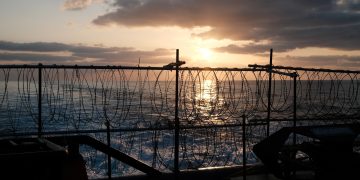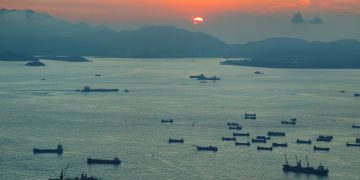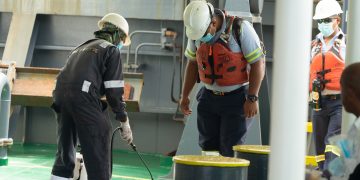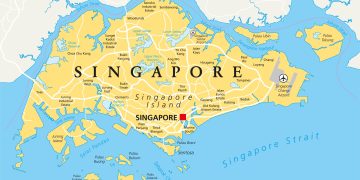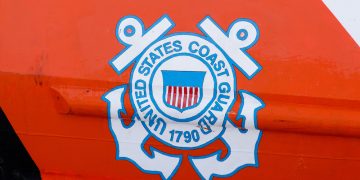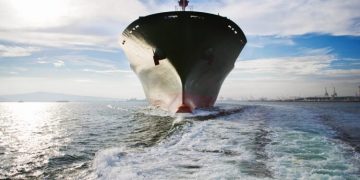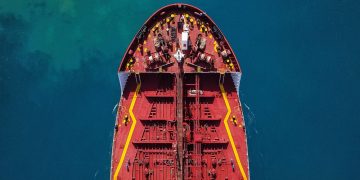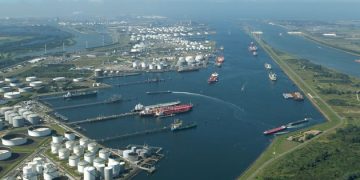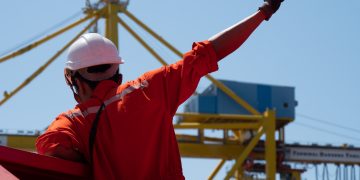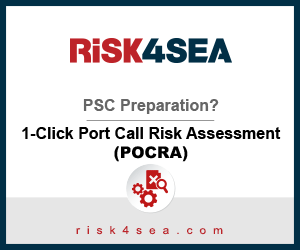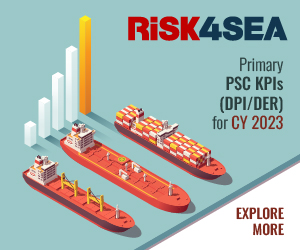Aims to keep pace with growth in Australia’s trade
 STATE governments should curb profit raids on their cargo ports so funds can instead be invested in expansion to capitalise on growing demand for commodities, new research finds.
STATE governments should curb profit raids on their cargo ports so funds can instead be invested in expansion to capitalise on growing demand for commodities, new research finds.
A paper by ANZ Research says governments should consider privatising ports or minimising political intervention in them as they “urgently” need reform after struggling to keep pace with growth in Australia’s trade.
Several bulk cargo ports, such as those in the mining states of Western Australia and Queensland, are not generating enough return on their assets to cover the cost of their capital, meaning they need to borrow to fund expansion, the report says.
WA’s parliament has been told that miners were paying just 7c a tonne to use Port Hedland, compared with 25c at nearby Port Dampier. “Moreover, even with these balance-sheet pressures, many ports continue to pay government a dividend,” the report says.
“This capital would be better used within the business to either invest or pay back debt.”
The bulk ports are used to ship iron ore and coal, with exports of these forecast to more than double over the next 25 years.
On top of that, the bulk cargo ports had shown “exceptionally strong growth” in their expenses but low returns on their assets, further bolstering calls for privatisation.
Sydney’s container port had poor labour productivity but, on average, container ports nationally were in line with international trends.
Internationally, privatised container ports tend to be more productive than their government-owned counterparts, the report finds, pointing to Malaysia’s privatised Port Klang as an example.
This adds to the pressure on the NSW government to consider port privatisation after the Queensland government led a $2.1 billion privatisation of the Port of Brisbane. In Sydney, it costs $35,900 for a 40,700 tonne ship to use the port, compared with $7000 for Hong Kong and $13,500 for Singapore.
“A federal government takeover is unlikely to fix this problem and deliver any tangible benefits. In some cases privatisation may be the best approach,” the report says.
Infrastructure Australia has developed a national strategy that encourages the ports to make plans outlining how they will deliver the capacity needed to handle trade growth.
“If the ports strategy fails to deliver, then trade performance may be sacrificed at a cost to the economy,” the ANZ report says.
Source: The Australian






